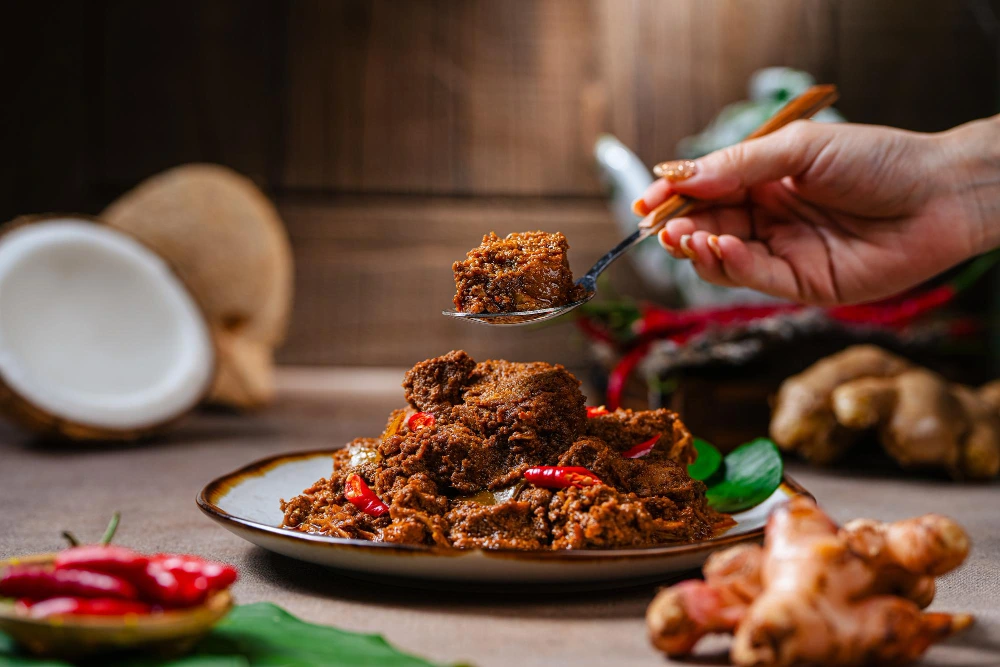
Are you a fan of Padang cuisine? If so, you might already know rendang inside out. But how about kalio? While both dishes use beef, are cooked with coconut milk, and are commonly found in Padang restaurants, they are distinct in many ways. Let’s explore about rendang and kalio to clear up any confusion.
Differences Between Rendang and Kalio
Both rendang and kalio share the same base ingredients—beef, coconut milk, and spices. The key difference lies in their level of doneness, texture, and cooking time. For more details, here are some of the differences between rendang and kalio:
1. Dryness of Sauce
 Rendang is the dry version of kalio. When the coconut milk and spices are cooked for a long time until all the liquid evaporates, rendang is formed. It has a dry, oily texture and dark brown to black color. In contrast, kalio still has a thick, moist sauce with a light brown hue.
Rendang is the dry version of kalio. When the coconut milk and spices are cooked for a long time until all the liquid evaporates, rendang is formed. It has a dry, oily texture and dark brown to black color. In contrast, kalio still has a thick, moist sauce with a light brown hue.
Essentially, kalio is like half-cooked rendang. Cooking stops before the sauce fully reduces, making it quicker to prepare compared to rendang.
2. Cooking Time
One thing that makes rendang special is its long cooking process! To achieve its dry texture and deep flavor, rendang is cooked for 7–8 hours. On the other hand, kalio only takes about 4 hours. Because of the shorter cooking time, kalio is often served as an everyday dish, while rendang is reserved for special occasions.
3. Taste and Texture
Rendang offers a more complex flavor, as the long cooking process allows the spices like cinnamon, nutmeg, and cloves to infuse deeply into the beef. Kalio, in comparison, has a lighter taste, dominated by coconut milk with a hint of spice. Texture-wise, rendang’s beef is denser and dry, while kalio’s beef is tender and moist.
4. Shelf Life
This is where rendang shines! With all its liquid evaporated and spices acting as natural preservatives, rendang can last for weeks at room temperature and even months in the freezer without added preservatives. Kalio, with its thick sauce, spoils faster—lasting only about three days at room temperature unless refrigerated.
Read More : Beef Vs Buffalo Meat: Which One is Better for You?
Rendang and Kalio Without Coconut Milk? Try FiberCreme!
 Now that you know the differences between rendang and kalio, which one will you try cooking first? Whether it’s rendang or kalio, why not try making them without traditional coconut milk?
Now that you know the differences between rendang and kalio, which one will you try cooking first? Whether it’s rendang or kalio, why not try making them without traditional coconut milk?
Replace it with FiberCreme, a healthier alternative that not only enhances the creaminess of your dish but also offers 0 mg of cholesterol and is high in fiber. FiberCreme is stable at high temperatures, so it doesn’t break down even during the long cooking process of rendang or kalio. Plus, its lower fat content can help extend the shelf life of your food.
Cooking with FiberCreme is not just healthier—it also ensures your dishes stay delicious and long-lasting. Curious to try? Explore rendang and kalio recipes using FiberCreme on @FiberCreme_TV and share your creations by tagging @FiberCreme on Instagram. Happy cooking!

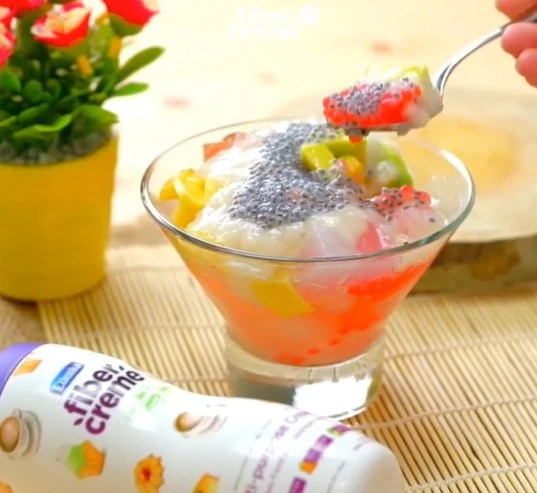
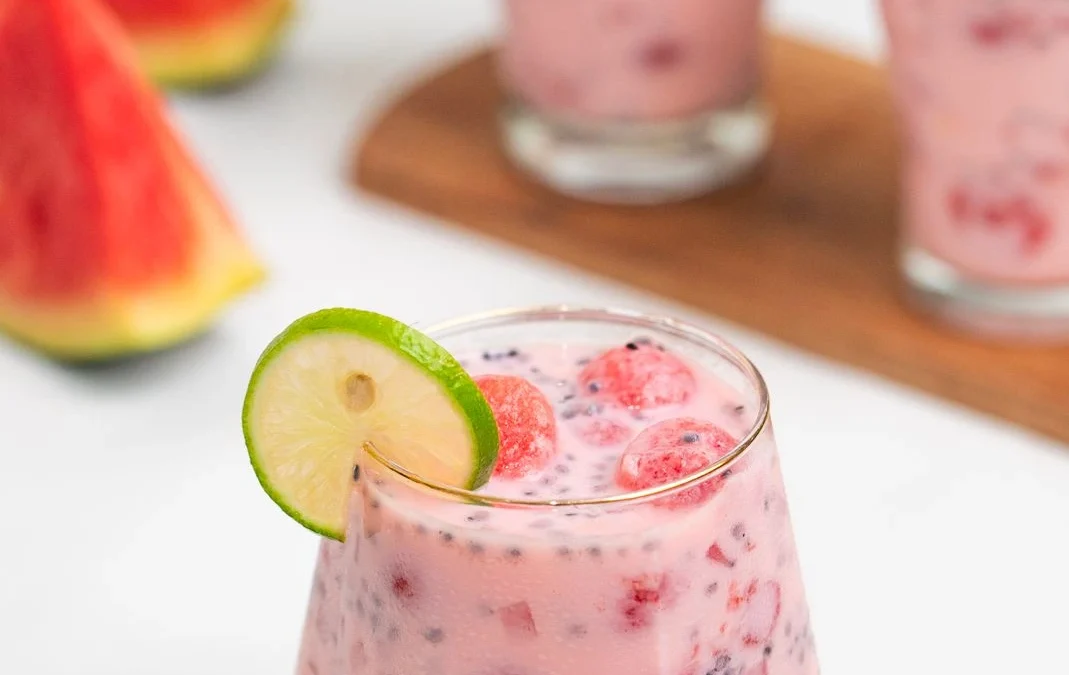
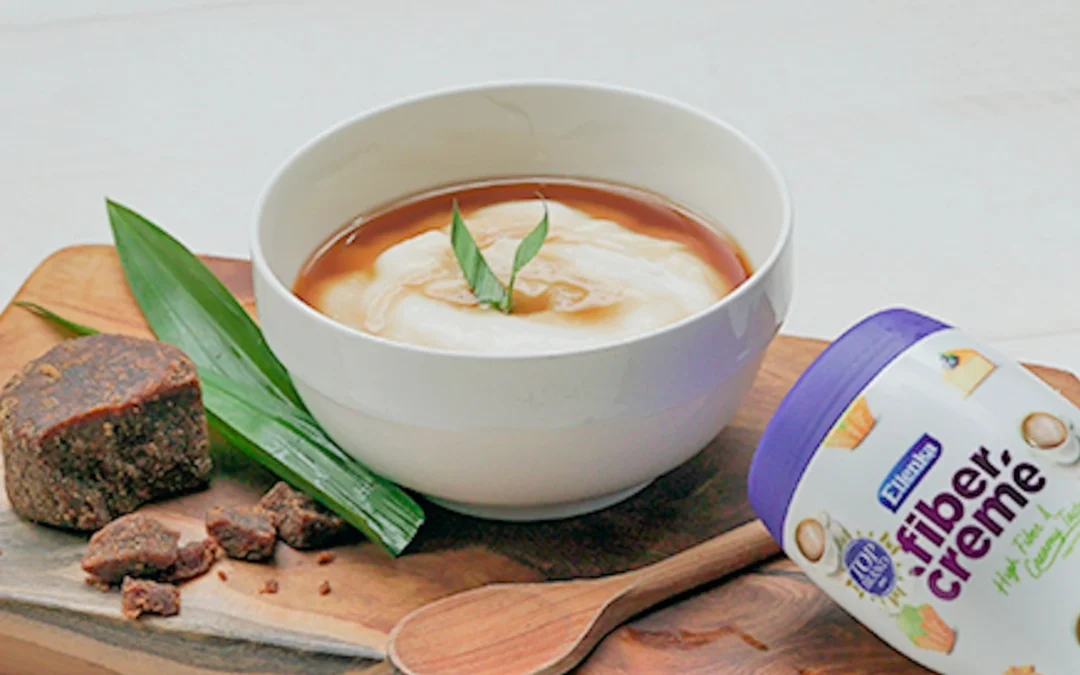
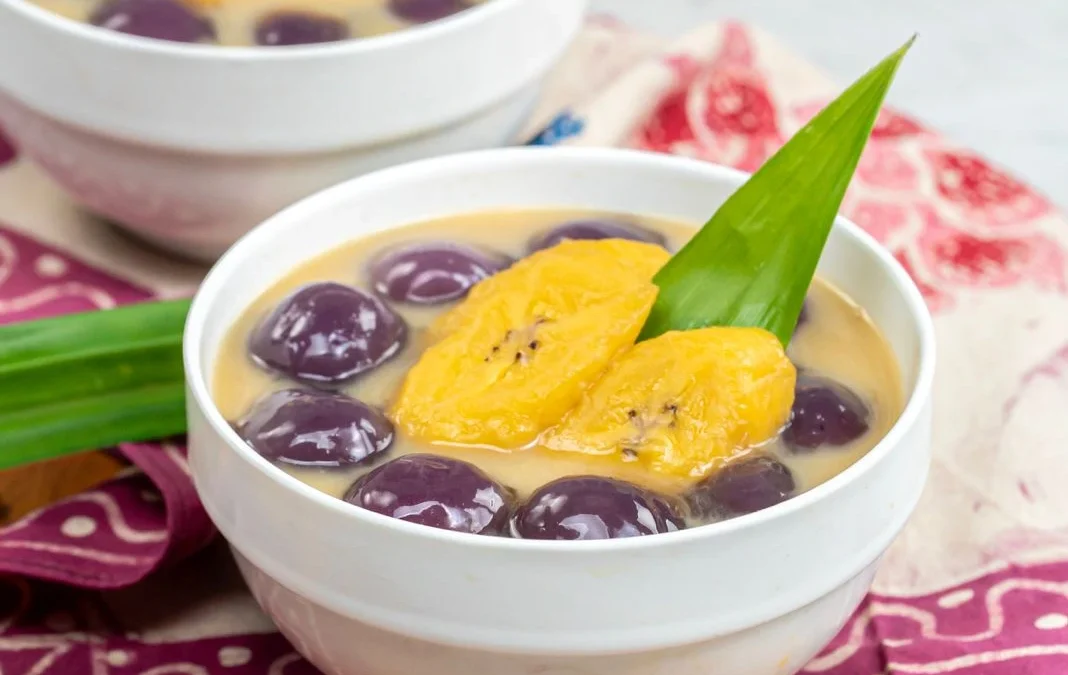
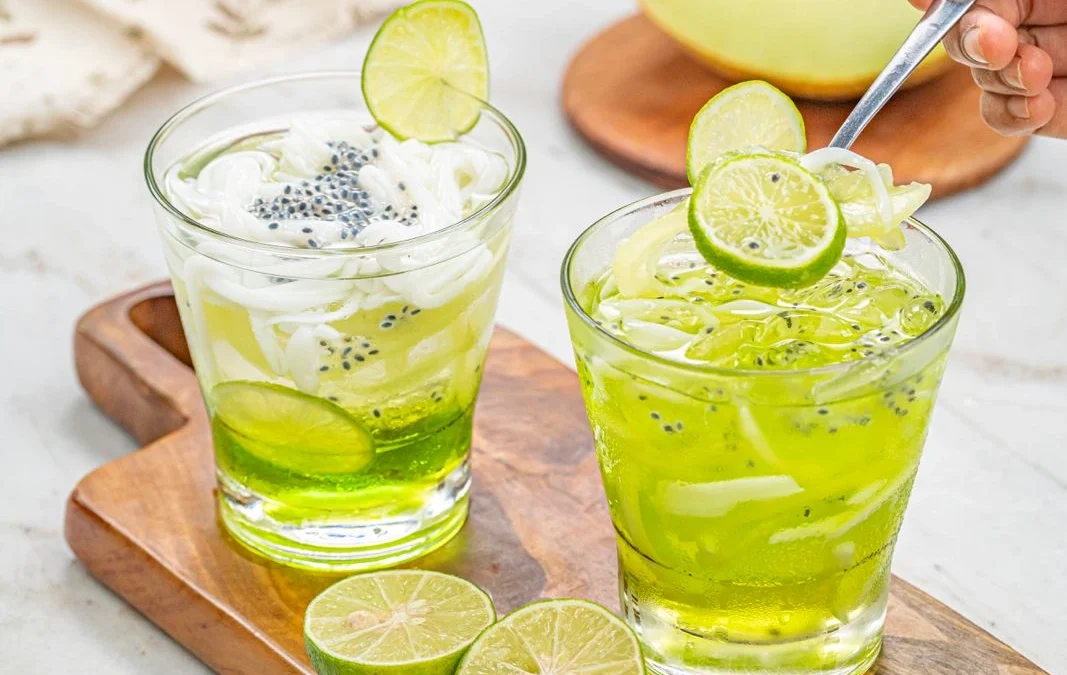
0 Comments